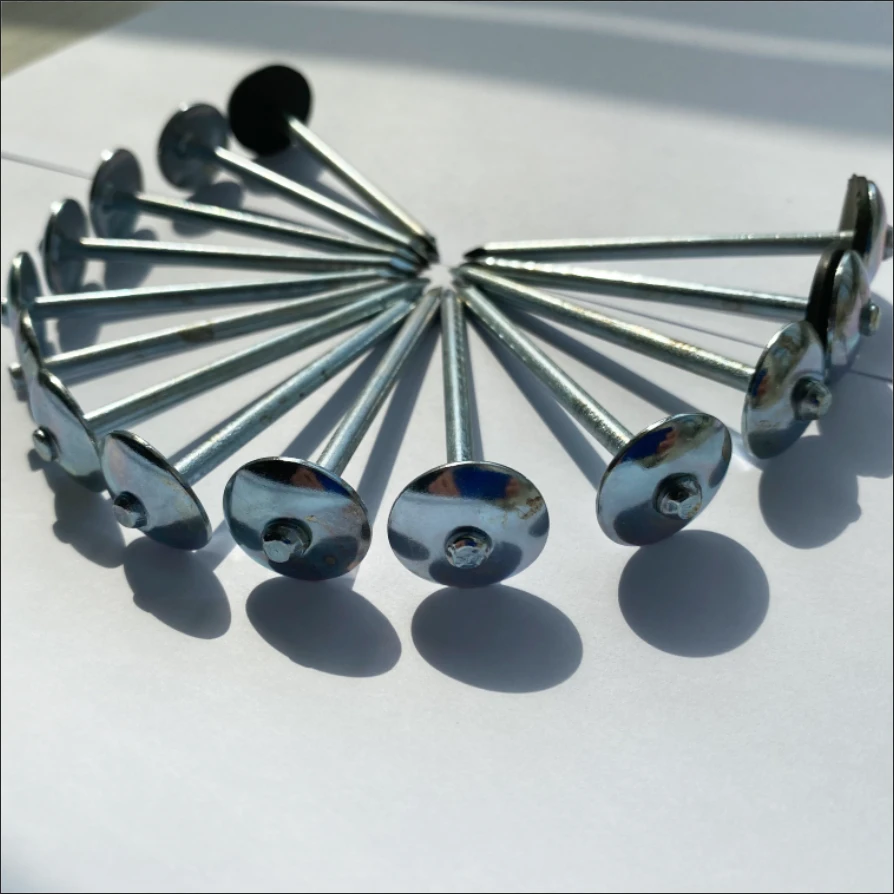Welded Wire Mesh Types Durable & Versatile Solutions for Construction & Fencing
- Understanding the Basics of Welded Wire Mesh
- Technical Advantages and Material Specifications
- Market Leaders in Welded Wire Mesh Production
- Customization Options for Industrial Needs
- Performance Metrics Across Different Mesh Types
- Real-World Applications in Construction and Agriculture
- Future Trends in Welded Wire Mesh Technology

(types of welded wire mesh)
Understanding the Basics of Welded Wire Mesh
Welded wire mesh, a grid-like structure formed by intersecting steel wires welded at contact points, is essential in industries requiring durability and precision. This material is categorized by wire gauge, aperture size, and coating type. For instance, galvanized welded mesh offers corrosion resistance, while PVC-coated variants enhance flexibility. Common applications include fencing, concrete reinforcement, and animal enclosures. The global welded wire mesh market is projected to grow at a CAGR of 5.2% from 2023 to 2030, driven by infrastructure development.
Technical Advantages and Material Specifications
Welded wire mesh outperforms alternatives like woven mesh due to its uniform strength and rigidity. Key specifications include:
- Wire diameters: 1.6 mm to 12 mm (depending on application)
- Aperture sizes: 6 mm x 6 mm to 200 mm x 200 mm
- Tensile strength: 350 MPa to 1,500 MPa
Hot-dip galvanizing extends lifespan by 20-30 years in harsh environments, making it ideal for coastal or high-moisture settings.
Market Leaders in Welded Wire Mesh Production
| Manufacturer | Key Product | Wire Gauge Range | Coating Options | Price per m² (USD) |
|---|---|---|---|---|
| Company A | Heavy-Duty Fencing Mesh | 8-14 SWG | Galvanized, PVC | $4.20-$7.80 |
| Company B | Precision Reinforcement Mesh | 3-10 SWG | Stainless Steel | $12.50-$28.00 |
| Company C | Agricultural Partition Mesh | 16-22 SWG | Polyester Powder | $2.90-$5.40 |
Customization Options for Industrial Needs
Advanced manufacturers provide tailored solutions:
- Non-standard aperture geometries (hexagonal, trapezoidal)
- Hybrid coatings combining epoxy and zinc alloys
- Pre-curved panels for architectural cladding
A recent project in the automotive sector utilized 316L stainless steel mesh with 0.5 mm wire diameter, achieving 98% particulate filtration at 2.5 PSI pressure differential.
Performance Metrics Across Different Mesh Types
Comparative testing reveals critical differences:
- Electro-galvanized mesh: 85-95 µm coating thickness, suitable for indoor use
- Stainless steel 304 mesh: Withstands temperatures up to 800°C
- Polymer-coated mesh: UV resistance exceeding 10,000 hours in ASTM G154 testing
Real-World Applications in Construction and Agriculture
In the Sydney Metro project, galvanized welded mesh (8 mm wire, 100x100 mm apertures) reduced concrete usage by 18% while meeting AS/NZS 4671 standards. Agricultural deployments show 40% faster installation versus traditional fencing methods.
Future Trends in Welded Wire Mesh Technology
Innovations in welded wire mesh types focus on smart manufacturing integration. Laser-welded meshes with 0.1 mm tolerance are entering aerospace applications, while AI-driven pattern generation optimizes material usage by 22-27%. The emergence of carbon-fiber hybrid meshes promises tensile strengths exceeding 2,500 MPa, potentially revolutionizing bridge reinforcement systems.

(types of welded wire mesh)
FAQS on types of welded wire mesh
Q: What are the common types of welded wire mesh?
A: Common types include square mesh, rectangular mesh, galvanized mesh, PVC-coated mesh, and stainless steel mesh. These differ in material, hole shape, and corrosion resistance for varied applications like construction or fencing.
Q: How do fencing wire mesh types differ from general welded wire mesh?
A: Fencing wire mesh, like chain-link, welded grid, or deer fencing, prioritizes durability and security. General welded mesh focuses on structural support, with options like reinforced concrete mesh or livestock panels.
Q: What mesh wire types are best for agricultural use?
A: Galvanized welded mesh or PVC-coated mesh are ideal for farms due to rust resistance. Hexagonal/poultry mesh and livestock panels also suit animal enclosures and crop protection.
Q: What distinguishes stainless steel welded mesh from other types?
A: Stainless steel welded mesh offers superior corrosion resistance and strength, ideal for harsh environments. It’s costlier than galvanized or PVC-coated alternatives but lasts longer in industrial settings.
Q: Are there lightweight welded wire mesh types for DIY projects?
A: Yes, thin-gauge galvanized or PVC-coated mesh with smaller openings (e.g., 1/2" square mesh) works for crafts, garden trellises, or small animal cages. They’re easy to cut and shape manually.
-
Weather Resistance of Woven Wire and Chicken Wire Fencing MaterialsNewsJun.05,2025
-
Umbrella Nails Innovations in Roofing Fasteners for Wind ResistanceNewsJun.05,2025
-
Modern Barbed Wire Fence Designs for Perimeter ProtectionNewsJun.05,2025
-
How Iron Nail Wire Enhances Nail Strength and Installation EfficiencyNewsJun.05,2025
-
High-Security Razor Fence Solutions for Perimeter ProtectionNewsJun.05,2025
-
Durable Wire Netting Fence Solutions for Animal EnclosuresNewsJun.05,2025




